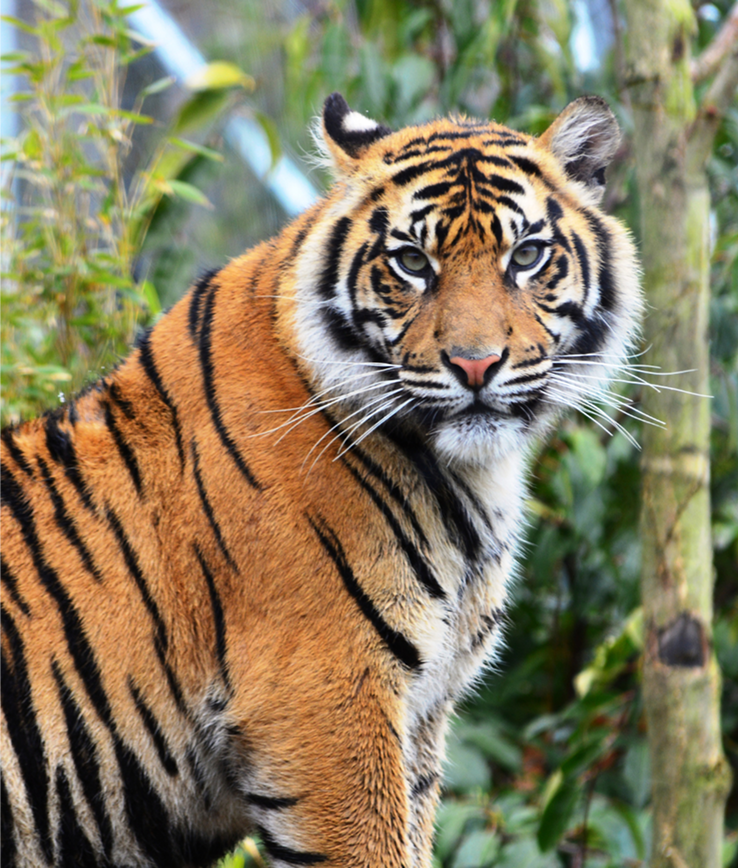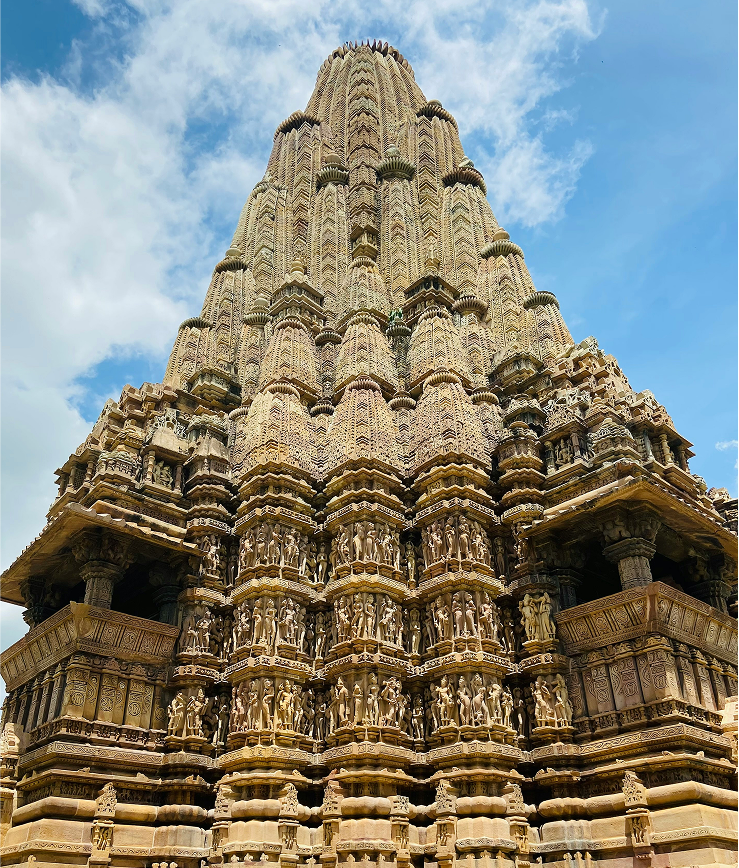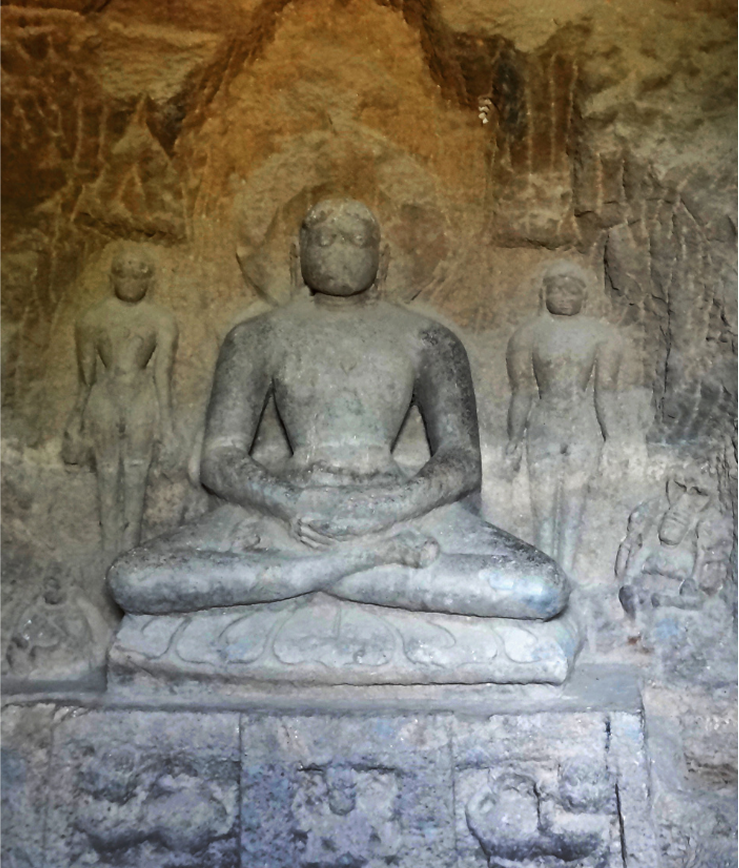Central India, encompassing Madhya Pradesh and Chhattisgarh, is best visited between October and March, when the weather is pleasant for wildlife safaris, temple visits, and heritage walks. The summer months (April–June) are scorching, especially in plains and forest zones, though early summer is ideal for spotting tigers in national parks. Monsoon (July–September) turns the region lush and vibrant, but rural access may be limited.
Bhopal and Indore serve as the primary airports in Madhya Pradesh, while Raipur is the main airport in Chhattisgarh. These are well-connected to major Indian cities. Airport facilities include lounges, vegan snack options, and transport desks. Bhopal also hosts international charter connections during pilgrimage seasons.
Hindi is widely spoken, with regional dialects like Malwi, Bundeli, and Chhattisgarhi in local use. English is commonly understood in tourist circuits and urban areas. In tribal zones, local languages persist, but travellers will often find generous help from locals eager to assist or connect.
Central India’s cuisine leans toward simplicity, with a reliance on millets, lentils, forest vegetables, and seasonal produce. Dishes like baigan bharta, daal bafla, bhutte ka kees, and kodo millet khichdi are often vegan or can be made vegan. In tribal areas, the cuisine is earthy and rooted in foraged ingredients. Major cities now offer vegan options in select cafés and restaurants, while temple towns like Ujjain and Maheshwar often serve vegan-friendly satvik food without onion or garlic.
Central India pulses with a rich tapestry of tribal traditions, classical heritage, and spiritual legacies. From Gond and Baiga art to the storytelling dances of tribal festivals, cultural life here is unfiltered and deeply soulful. The region’s spiritual bent — especially among Jain, Vaishnav, and tribal communities — often aligns with vegan values of compassion and co-existence.
This is the land of awe-inspiring temples and forgotten empires. From the UNESCO World Heritage sites of Khajurahoand Sanchi, to the peaceful ghats of Maheshwar and the massive stone temples of Chitrakoot, Central India is a wonderland of both sacred and civic architecture. Vegan travellers with a reverence for heritage will find deep meaning here, where shrines coexist with sacred groves and tribal totems.
Don’t miss the Khajuraho Temples, Bhimbetka rock shelters, Bandhavgarh and Kanha National Parks, Sanchi Stupa, and Amarkantak, the spiritual source of the Narmada River. Cities like Bhopal, Indore, and Raipur offer museum trails and old bazaars, while lesser-known gems like Mandu, Orchha, and Jagdalpur surprise with grandeur and grace.
Mobile coverage is reliable in cities and major tourist zones, though patchy in dense forest or tribal areas. Wi-Fi is standard in hotels and homestays. Prepaid SIMs with data are available at airports and local outlets. Vegan travellers can use apps like HappyCow and Google Maps to locate cruelty-free dining spots and eco-friendly stays.
Central India’s calendar is packed with traditional, tribal, and spiritual festivals — Navratri in Chhattisgarh’s temples, Holi in Bundelkhand, Dussehra in Bastar (known for its tribal rituals), and Diwali in cities and sacred towns. Many of these events feature plant-based food offerings, tribal dances, and markets where ethical goods are sold. Jain paryushan festivals and tribal harvest celebrations often follow ahimsa (non-violence) principles.
Shop for Gond art paintings, bamboo craft, Maheshwari and Chanderi weaves, and tribal metal jewellery. In Bhopal and Raipur, look for vegan-friendly self-care brands, natural dyes, and zero-waste stores. Local haats (markets) often feature handmade items using natural materials. Avoid leather crafts and instead explore sustainable jute, cotton, or clay-based alternatives.
Take a safari in the tiger-rich forests of Kanha or Pench with eco-certified naturalists who champion conservation and respect wildlife boundaries. In the heartlands of Bastar or Mandla, witness the soulful rhythms and dances of the Baiga or Gond tribes—living repositories of indigenous wisdom and artistry. For moments of spiritual reflection, visit Amarkantak or Maheshwar, where serene riverside aartis and temple rituals bring calm and clarity. Vegan travellers can join plant-based cooking classes in Bhopal or retreat to a farmstay near Indore, where organic produce and mindful living go hand-in-hand. A walk through the ancient rock shelters of Bhimbetka reveals 30,000-year-old cave paintings—evidence of India’s earliest human creativity.
Home to tiger reserves, tribal wisdom, and spiritual forests, Central India holds deep ecological significance. Communities like the Baigas and Gonds revere trees, animals, and rivers as kin. Many areas are experimenting with reforestation, forest-based eco-tourism, and plant-forward eating. Cities like Bhopal are also seeing a rise in vegan cafés, ethical fashion studios, and sustainability initiatives, making this region an emerging sanctuary for mindful travel.




Step into the temple complex of Khajuraho, and you’ll find sculptures that are more than stone—they’re scripture, science, and sensuality carved in harmony. Built between 950 and 1050 CE by the Chandela dynasty, these UNESCO-listed temples defy the common narrative by celebrating life in its totality—eroticism, devotion, dance, and everyday grace. Only about 20 of the original 85 temples survive, but each is a masterclass in both symmetry and spirit.
The Gond tribe of Madhya Pradesh doesn’t just tell stories—they paint them. Using natural pigments and fine dots, Gond artists map their mythology on paper and walls, showing gods, spirits, and animals as living forces. Every painting is a tale—a tiger walking through dreams, a tree that speaks to ancestors, or a forest watched over by invisible protectors. Visit Patangarh near Dindori to meet families who have kept this visual language alive for centuries.
Kanha, Pench, Bandhavgarh, and Satpura — these tiger reserves aren’t just wildlife hotspots, they’re sacred landscapes for nearby tribal communities. Here, the Baiga and Gond believe that tigers are not to be feared, but revered — guardians of the jungle, not its threat. Wildlife safaris here feel primal and poetic: mahua trees dotting the land, alarm calls echoing through the grass, and sightings that feel like nature sharing a well-kept secret.
Near Aurangabad, two ancient marvels sit carved into cliffs — Ajanta and Ellora Caves — each a universe of thought, devotion, and artistry. Ajanta’s 2nd-century BCE Buddhist frescoes still retain their grace, showing Bodhisattvas with half-closed eyes and robes that flutter like silk. At Ellora, Hindu, Jain, and Buddhist sculptures coexist—most notably at the Kailasa Temple, a monolithic wonder carved from a single rock over decades. These caves aren't just monuments — they’re libraries of faith frozen in volcanic stone.
Often overlooked by guidebooks, Aurangabad is a city layered with Deccan history. Once the capital of the Mughal Empire under Aurangzeb, the city is home to the Bibi ka Maqbara, sometimes called the ‘Taj of the Deccan,’ and the formidable Daulatabad Fort, where invaders were foiled by mazelike defense systems. The nearby Paithani weaving villages still produce the ‘Queen of Silks’, handwoven with real gold threads and peacock motifs dating back to Satavahana times.
In the eastern reaches of Madhya Pradesh lies Amarkantak, a spiritual confluence where the Narmada, Sone, and Johilarivers originate. For Hindus, it's one of the holiest towns in India. But beyond the pilgrim trails, the forests here are dense, sacred groves are still protected by village deities, and every rock has a tale. Wake up before dawn for the riverside aarti—it’s an ancient ritual that feels like the earth itself is breathing.
About an hour from Bhopal lies Bhimbetka, a UNESCO site with more than 750 rock shelters—some of which carry prehistoric paintings dated back to over 30,000 years ago. These crimson stick figures show hunting scenes, animals, dancers, and geometric shapes — all created by India’s earliest artists. It’s surreal to stand in front of art older than the written word.
In and around Pachmarhi and tribal villages of Mandla and Dindori, vegan cuisine takes a foraged turn — think wild mushrooms, bamboo shoot curry, and sal leaf bhakris. Join a local cooking class in Bhopal or a homestay near Indore to learn how ancient plant-based recipes still nourish families today.
At Sanchi, the Great Stupa rises not in grandeur but in grace. Built by Emperor Ashoka in the 3rd century BCE, it’s one of the oldest stone structures in India and a masterpiece of early Buddhist architecture. Its gateways, or toranas, are etched with stories from the Jataka tales—so vividly carved that you almost hear them whisper as you walk by.
Unlike any other region, Central India’s forests change texture every few miles — from the teakwood stretches of Penchto the bamboo thickets of Satpura, and the laterite hills of Chhattisgarh to the mahua-drenched groves of Kanha. Many are protected by tribal beliefs more than official laws.
The Baiga women of Madhya Pradesh carry their identity on their skin — literally. Their tattoo traditions, called Godna, are not body art but sacred maps marking rites of passage, fertility, and connection to ancestors. Meet a Baiga elder, and she may tell you the meaning behind each symbol — stories you’ll never find in a guidebook.
Join NGOs like Pardhi Project or Last Wilderness Foundation in hands-on conservation. From walking reforestation trails with tribal youth in Panna to joining clean-cooking projects in Satna, travellers can contribute while exploring. You don’t just see the forest — you help it grow.
Central India isn't about rushing through checklists. It's about standing still long enough to hear the wind carry an old chant, to share chai with a weaver who dyes with indigo grown in her backyard, or to simply walk — barefoot and wide-eyed — through a salt-washed village or a forest where every tree remembers your name.